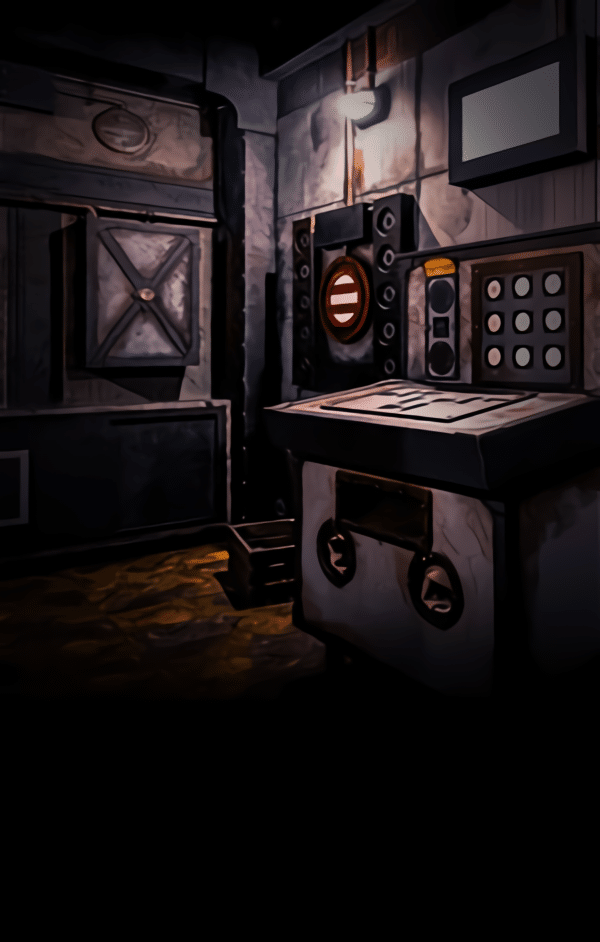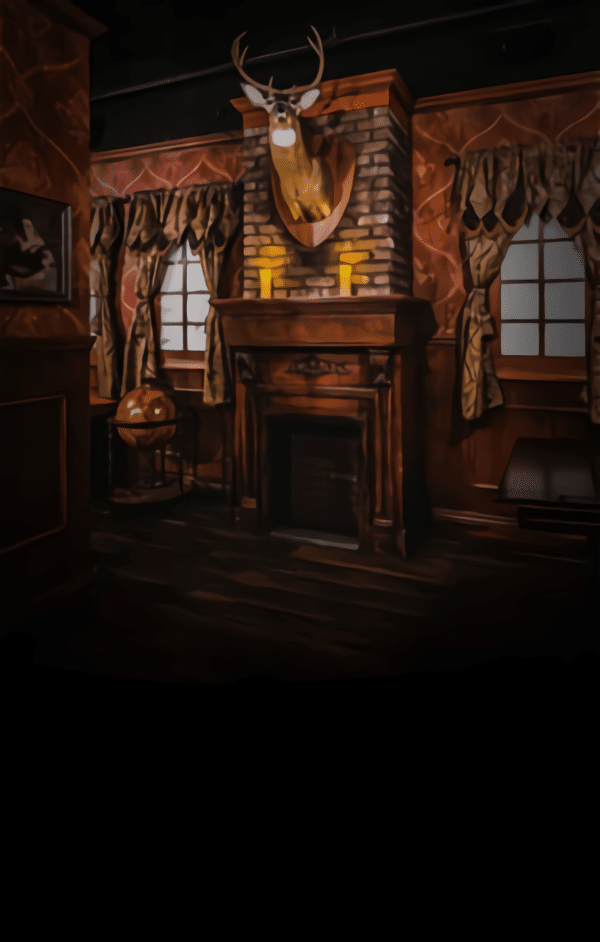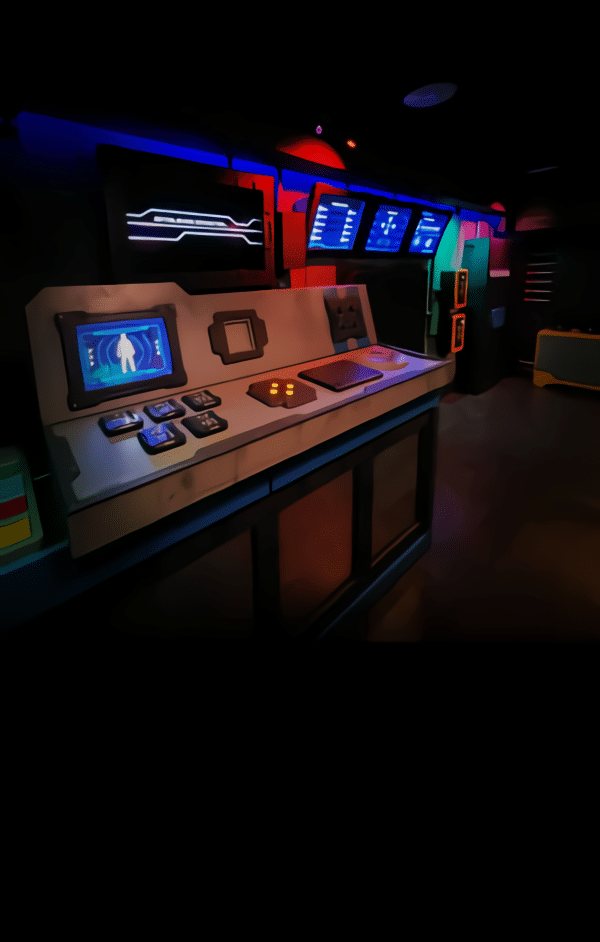Understanding Difficulty Levels in Escape Room New York Experiences
Escape rooms are designed to be immersive, challenging, and exciting for players of all backgrounds, ages, and experience levels. When booking an escape room new york adventure at Escape Room NYC – Mission Escape Games, players often wonder how rooms can be enjoyable for both beginners trying their first escape room and experts who have played dozens. The answer lies in smart game design, adaptive elements, skilled game masters, and layered puzzles crafted to accommodate mixed-skill teams. Whether you prefer a simple, straightforward challenge or a high-level, brain-twisting mystery, escape rooms in New York are designed to adjust, scale, and respond to your skill level to ensure a balanced and rewarding experience.
Why Escape Room Difficulty Level Matters for All Players
Escape rooms rely heavily on player interaction. They are not passive experiences, and difficulty plays a major role in whether the game is enjoyable. If a room is too difficult, beginners feel overwhelmed. If a room is too easy, experts get bored. That balance is essential. This is why Mission Escape Games pays careful attention to designing challenges that scale naturally depending on how players interact with the environment. Difficulty levels matter because they directly affect:
-
Player engagement
-
Time management
-
Clue requests
-
Team dynamics
-
Overall satisfaction
-
Replayability
-
Learning curve for newcomers
An adaptable game ensures everyone has fun, regardless of experience.
How Escape Room Designers Build Scalable Challenges
Game designers use a technique called layered puzzle design, which allows puzzles to be solved in multiple steps with varying levels of complexity. This means:
-
Beginners can solve the basic versions of puzzles
-
Experienced players can discover deeper layers or faster routes
These layered puzzles often include:
-
Multi-step sequences
-
Optional or advanced clues
-
Hidden elements only expert players tend to find
-
Red herrings that challenge seasoned escape teams
-
Parallel puzzles so everyone has a role
This design provides a balanced challenge for mixed-skill groups.
Adaptive Game Design in Escape Room New York Locations
Many escape rooms use adaptive design elements—features that automatically adjust based on how well a group is performing. These elements ensure the difficulty feels perfect for the group in the room. Examples include:
-
Adjustable puzzle responses
-
Time-based clue availability
-
Hidden compartments that open only after certain milestones
-
Variable puzzle paths
-
Dynamic lighting or sound cues
The environment reacts not just to what players do, but also how quickly and effectively they do it.
The Role of Game Masters in Adjusting Difficulty on the Spot
One of the most important elements of adapting for different skill levels is the game master. The game master watches your progress through a camera system and adjusts the experience accordingly. They do this by:
-
Offering hints when needed
-
Delaying hints when players show confidence
-
Providing subtle nudges instead of direct answers
-
Recognizing team strengths
-
Preventing frustration
-
Keeping the pacing smooth and exciting
Game masters are trained to ensure the experience is balanced for every type of group.
How Escape Room New York Games Assist Beginners
Beginners often worry that they won’t be able to solve the puzzles or contribute effectively. However, escape rooms are intentionally designed to be accessible to first-time players. Beginners benefit from:
1. Clearer Starting Points
Rooms include beginner-friendly puzzles that introduce the mechanics of the environment.
2. More Obvious Clue Paths
Puzzle designs include intuitive patterns that help players make logical connections.
3. Progressive Puzzle Difficulty
Puzzles are arranged in a natural difficulty arc, so players gain confidence early on.
4. Helpful Hints
Game masters often offer gentle nudges without being asked, ensuring beginners never feel stuck.
5. Team-Based Solutions
Even inexperienced players can contribute by observing patterns, searching thoroughly, or organizing clues.
Escape rooms thrive when beginners feel included and empowered.
How Escape Room New York Experiences Challenge Experts
Experienced players crave deeper challenges, advanced mechanics, and more demanding puzzles. Escape rooms adapt by incorporating:
1. Multi-Layer Puzzles
Experienced players enjoy tackling multi-step logic puzzles that require strategic thinking.
2. Advanced Tech-Based Solutions
These include magnetic triggers, lasers, pattern recognition, or multi-device interactions.
3. Nonlinear Puzzle Flow
Experts often prefer multiple puzzles happening simultaneously for maximum engagement.
4. Faster Pacing
Game masters provide fewer hints, allowing naturally skilled teams to enjoy a high-difficulty experience.
5. High-Level Coordination
Experts can divide tasks efficiently, solving complex sequences quickly.
This ensures that even escape room veterans feel challenged and satisfied.
Puzzle Diversity: Designing for All Skill Levels
Puzzle diversity is a major reason escape rooms accommodate different skill levels so effectively. Rooms may include:
-
Word puzzles
-
Pattern recognition challenges
-
Physical puzzles
-
Math-based logic
-
Technology interactions
-
Symbol decoding
-
Observation puzzles
-
Sound or light-based sequences
This ensures that no single skill dominates the room. Teams of all types can contribute, regardless of intellectual strengths or weaknesses.
Time Extensions and Clue Structures Crafted for Flexibility
Some escape rooms use dynamic clue systems that help shape the experience.
Static Clue Systems:
Hints only arrive when requested.
Dynamic Clue Systems:
Hints arrive automatically based on performance.
Mission Escape Games uses a skilled hybrid clue system that ensures:
-
Beginners are supported
-
Skilled groups aren’t interrupted
-
Difficulty adjusts naturally
Some rooms even include optional bonus puzzles for advanced teams.
Parallel Puzzles: Perfect for Mixed-Skill Groups
Parallel puzzles allow multiple puzzles to be solved at the same time. Teams can spread out, and each group member can choose puzzles suited to their skill level. This helps:
-
Prevent bottlenecks
-
Keep beginners engaged
-
Give experts challenges
-
Accelerate progress
-
Improve teamwork
Parallel puzzle structures are extremely effective for diverse skill sets.
Balanced Hint Systems Keep Difficulty Fair
The hint system is one of the most critical tools for adjusting difficulty. Game masters can control difficulty by:
-
Providing hints early (for beginners)
-
Providing hints only when explicitly requested (for experts)
-
Giving partial hints
-
Giving directional clues instead of direct answers
-
Adjusting tone and intensity
This creates a customized experience every time.
How Escape Rooms Prevent Overwhelming Players
Good escape room design always avoids overwhelming or confusing players. Designers use techniques like:
-
Clear puzzle presentation
-
Logical story progression
-
Strategic lighting
-
Organized clue placement
-
Meaningful puzzle sequences
These elements prevent mental overload and ensure players stay engaged.
Role Distribution Helps All Skill Levels Participate
Escape rooms encourage teamwork by offering roles that suit different player strengths. Common roles include:
-
The Decoder (logic solver)
-
The Searcher (finds physical clues)
-
The Organizer (sorts items)
-
The Communicator (connects ideas)
-
The Technician (handles tech puzzles)
This helps all players, regardless of experience, contribute meaningfully.
Why Difficulty Balance Is Essential for Team Enjoyment
Difficulty balance helps guarantee:
-
No one feels left out
-
No one gets frustrated
-
No one gets bored
-
The team stays cohesive
-
The story flows naturally
Balanced difficulty also enhances emotional payoff when the team escapes.
How Escape Rooms Use Storytelling to Aid Difficulty Adaptation
A well-crafted narrative helps guide player intuition. Storytelling helps:
-
Explain why certain puzzles exist
-
Provide thematic logic
-
Give direction without overt hints
-
Maintain immersion
-
Enhance puzzle meaning
Players at all skill levels benefit from intuitive storytelling.
What Happens If a Team Really Struggles?
If a team struggles significantly, game masters can help by:
-
Providing additional hints
-
Offering suggestions without spoiling puzzles
-
Reframing the team’s thinking
-
Encouraging team distribution
-
Adjusting puzzle pacing
This ensures the group remains engaged and motivated.
How Escape Rooms Track Player Performance to Adjust Difficulty
Some escape rooms track:
-
Time spent per puzzle
-
Number of hints requested
-
Team communication
-
Problem-solving patterns
-
Player reactions
This data allows game masters to adjust difficulty in real time.
Why Escape Room NYC Is Known for Balanced Difficulty Design
Escape Room NYC – Mission Escape Games is widely praised for:
-
High-quality puzzle design
-
Cinematic storytelling
-
Advanced technology
-
Balanced difficulty
-
Adaptive gameplay
-
Highly trained game masters
These elements ensure all skill levels enjoy a thrilling and fair challenge.
Conclusion
Escape rooms in New York, especially at Escape Room NYC – Mission Escape Games, excel at providing thrilling, balanced, and adaptive challenges for players of all experience levels. Whether you’re a beginner entering your very first escape room new york adventure or an experienced enthusiast with dozens of rooms behind you, the game adjusts in ways that ensure the experience remains exciting, immersive, and intellectually stimulating.
Through expert storytelling, layered puzzle design, adaptive hint systems, parallel challenges, and real-time adjustments from game masters, escape rooms offer a truly personalized experience. This ensures that no team ever feels overwhelmed or under-challenged. Instead, every group—regardless of skill—can enjoy a cinematic, high-quality escape room that encourages teamwork, creativity, communication, and problem-solving.
Escape Room NYC’s commitment to scalable difficulty is why players consistently return for new adventures. Their rooms accommodate first-timers, families, corporate teams, mixed-experience groups, and escape room pros equally well. By blending intuitive design with dynamic difficulty adaptation, every room becomes a unique and memorable journey crafted just for your team.
FAQs
1. Are escape rooms too difficult for beginners?
No. Escape rooms are designed to be accessible for first-time players. Game masters provide guidance, puzzles are intuitive, and teams can request hints anytime to maintain progress.
2. Do experienced players get bored in easier rooms?
Not at Mission Escape Games. Rooms include layered puzzles, optional challenges, and nonlinear paths that let skilled players tackle advanced tasks.
3. Can difficulty be adjusted during the game?
Yes. Game masters actively monitor your team and adjust the challenge by controlling hints, pacing, and subtle nudges to match the group’s ability.
4. Are all escape rooms suitable for mixed-experience teams?
Most rooms are designed for diverse skill levels. Beginners can handle basic puzzles while experts tackle advanced elements, keeping everyone involved.
5. Do escape rooms offer different modes such as beginner, intermediate, or expert?
Some escape rooms offer flexible difficulty modes, but most rely on adaptive gameplay to match the team’s natural performance, ensuring the experience fits every group.
Read: What Are the Most Thrilling Escape Room New York Options for Adrenaline Junkies?
Read: What Are the Best Strategies for Communicating in Escape Room New York Challenges?









